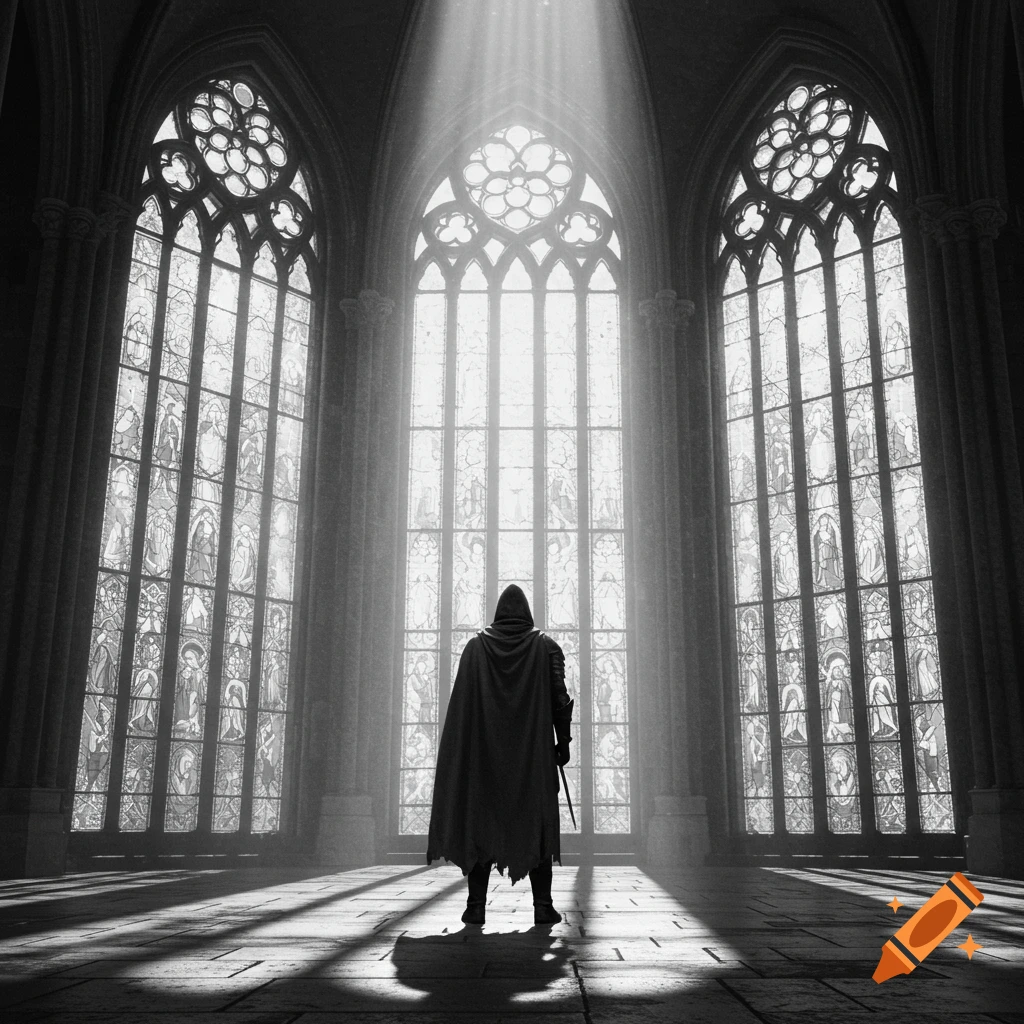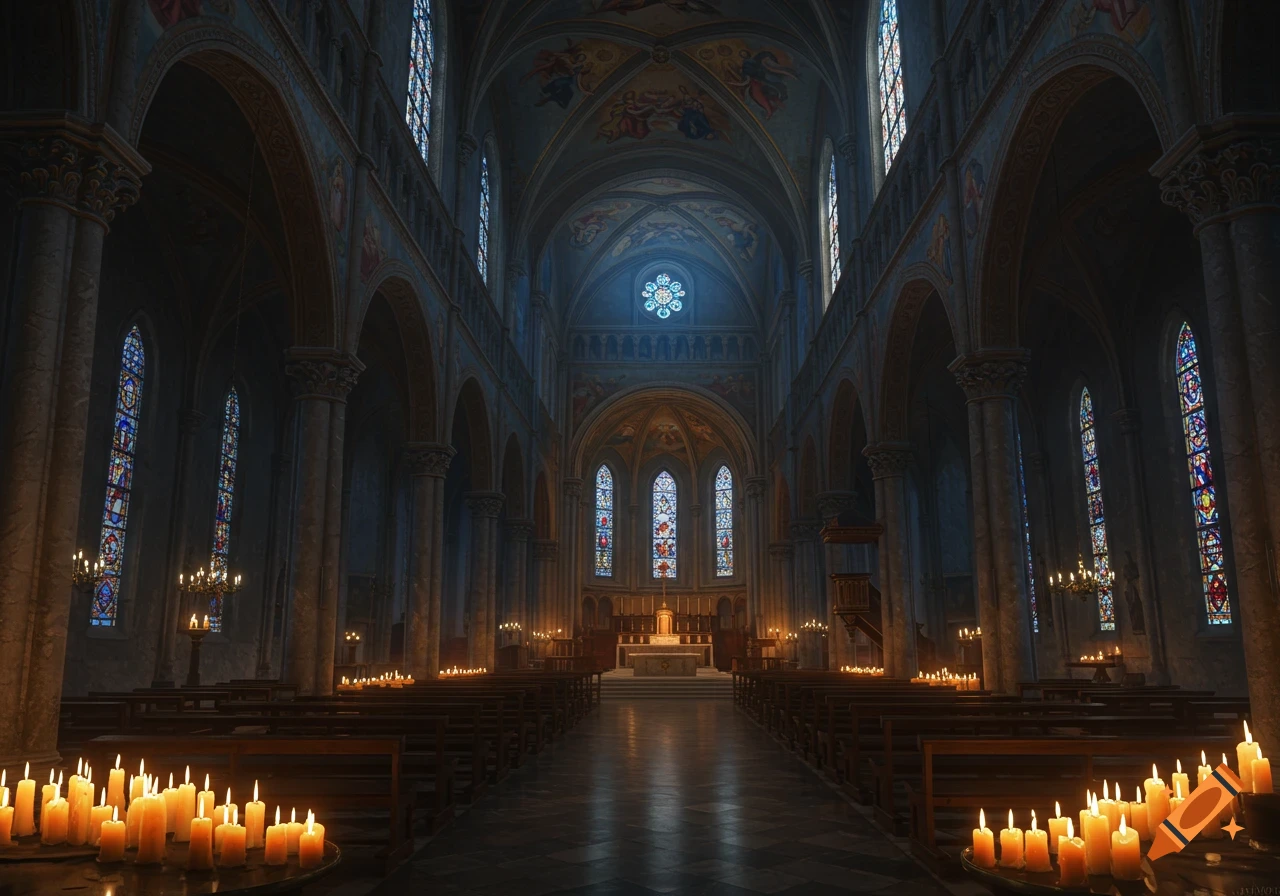When we think of Gothic architecture, we frequently think of gargoyles, dramatic spires, and a particular kind of gloomy theatre. But this style hides a deep truth: the master builders of the Middle Ages were some of the best ecological designers in history. They built buildings that were both amazing and very useful by using natural resources and copying nature’s creativity. This is the main idea behind the “Eco-Gothic” movement, which is a new way of thinking about architecture that looks to the past to make the future better for the environment.
The First Net-Zero Buildings: Passive Climate Control and Natural Light
The Gothic style was a big change from the heavy, dark Romanesque buildings that came before it. Architects wanted to make their sacred spaces feel divine and spiritually uplifting, therefore they tried to let in as much natural light as possible. This led to a number of important new ideas, the most renowned of which is the flying buttress. The walls could be made thinner and taller by moving the outward push of the high, vaulted ceilings to a sequence of arches on the outside. This amazing piece of engineering made it possible to put in big windows instead of solid stone.
These weren’t just for looks. The huge stained-glass windows were a way to passively heat the house. They would soak up the sun during the day, which would warm the huge stone chambers. The stone’s huge thermal mass would then gently let this heat out, keeping the inside warm long after the sun went down. This got rid of the need for complicated heating systems that used a lot of energy.

Credit: John kees
The high ceilings and complex vaults also provided natural convection currents, which let hot air rise and leave through high clerestory windows. This was a way to cool the building naturally. The end result was a building that could control its own temperature, which is a type of passive climate control that modern architects are trying to copy.

Source: craiyon.com
Biomimicry: Nature’s Guide to Strong Structures
Biomimicry, or the method of coming up with new ideas by copying nature’s forms, processes, and ecosystems, may be the strongest relationship between Gothic architecture and modern sustainability. The master builders of the Middle Ages didn’t have computer modelling or complex engineering software, but they knew how to work with nature. A great illustration of this is the ribbed vaults of a Gothic cathedral. The way these vaults spread out is like how trees are built to be strong and carry weight with as little material as possible.
This isn’t a new idea; it’s a well-known design principle. Antoni Gaudí, a Spanish architect who is often called a “Eco-Gothic” pioneer, brought this idea to a new level with his masterpiece, the Sagrada Família in Barcelona, in the early 20th century. Gaudí looked at how trees branch out to make a cathedral that could stand on its own, with columns that bent and twisted to hold up the roof. His work shows that nature’s own blueprints often hold the best and most beautiful solutions.
Similar ideas are currently being used in modern buildings. For example, the Eastgate Centre in Harare, Zimbabwe, is a good example of this. The whole cooling and ventilation system in the building is based on the way a termite mound works. It uses natural airflow to keep the temperature acceptable while using a lot less energy than a typical air-conditioned building. This proves that the fundamental ideas of Gothic architecture, which were based on shapes found in nature, can be used in today’s most ambitious green building projects.

Source: craiyon.com
A Holistic Approach to Sustainability: Beyond Light and Form
Natural light and biomimicry are important parts of the Eco-Gothic ideology, but the teachings of mediaeval architecture for sustainability go much further. People used stone, wood, and glass from neighbouring quarries and forests to build many Gothic buildings. This significantly decreased the carbon footprint linked to transportation, an essential factor in contemporary construction projects. Using materials from the area not only made the buildings cheaper, but it also helped them seem and feel more like their natural surroundings.

Source: craiyon.com
Also, the fact that these buildings have lasted so long shows that they are sustainable. Many of these buildings have been around for hundreds of years because the materials were strong and the craftsmanship was good. In contrast, modern buildings sometimes need major repairs or reconstruction after just a few decades. This built-in permanence is a type of sustainability in and of itself because it cuts down on waste and the need for new buildings.

Source: craiyon.com
The lessons of the past about architecture are more important than ever in a world that is dealing with climate change. The Eco-Gothic movement shows us that true innovation doesn’t necessarily mean coming up with anything new; sometimes it entails finding and rethinking the knowledge of our ancestors. We can make a future that is not only more beautiful but also stronger and more sustainable by using natural light, forms inspired by nature, and materials that are available in the area. People used to think of Gothic cathedrals as old buildings, but now they are brilliant examples of how to build a better future.
For more content like this CLICK HER!
References
Eco-goth Architecture Renders Midjourney Prompt | PromptBase
(PDF) The EcoGothic in the Long Nineteenth Century, Gothic Studies 16/1, Introduction





